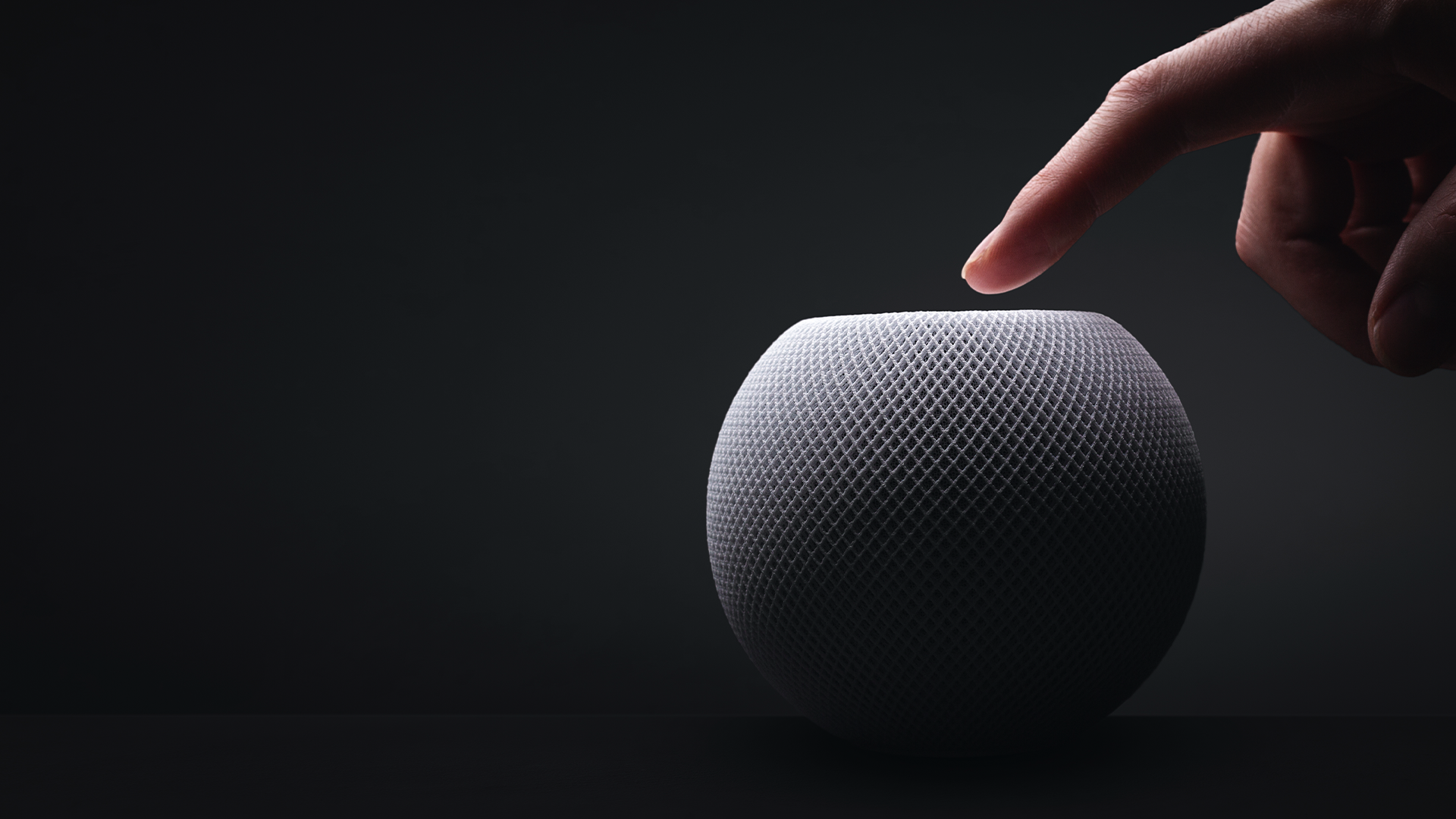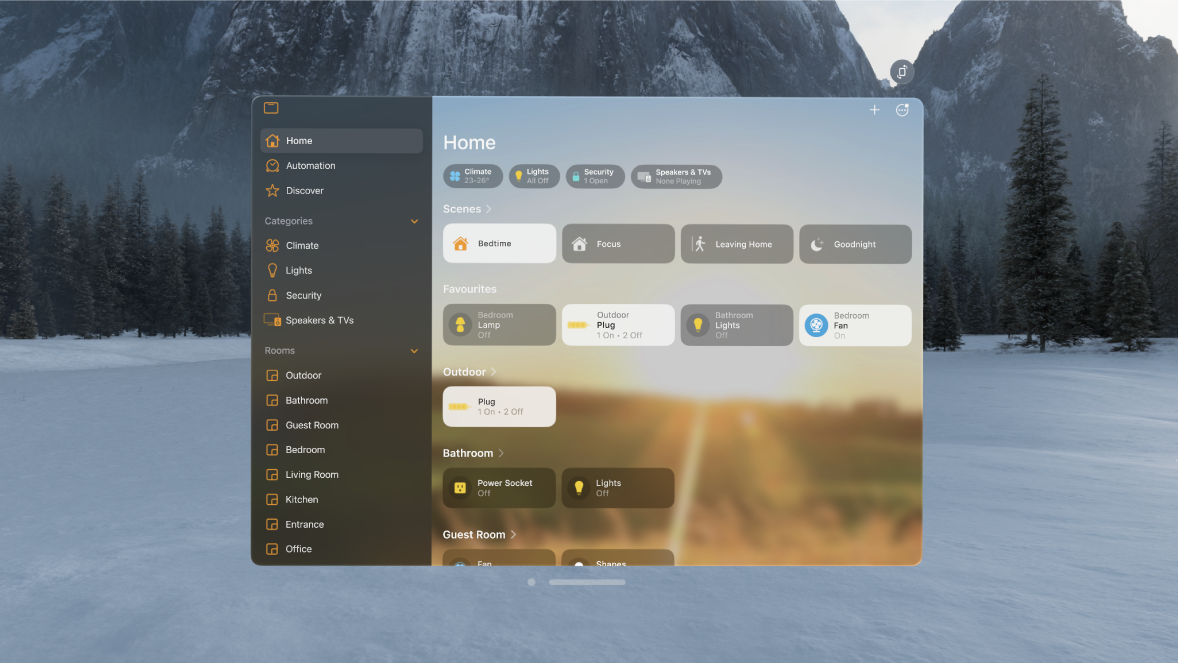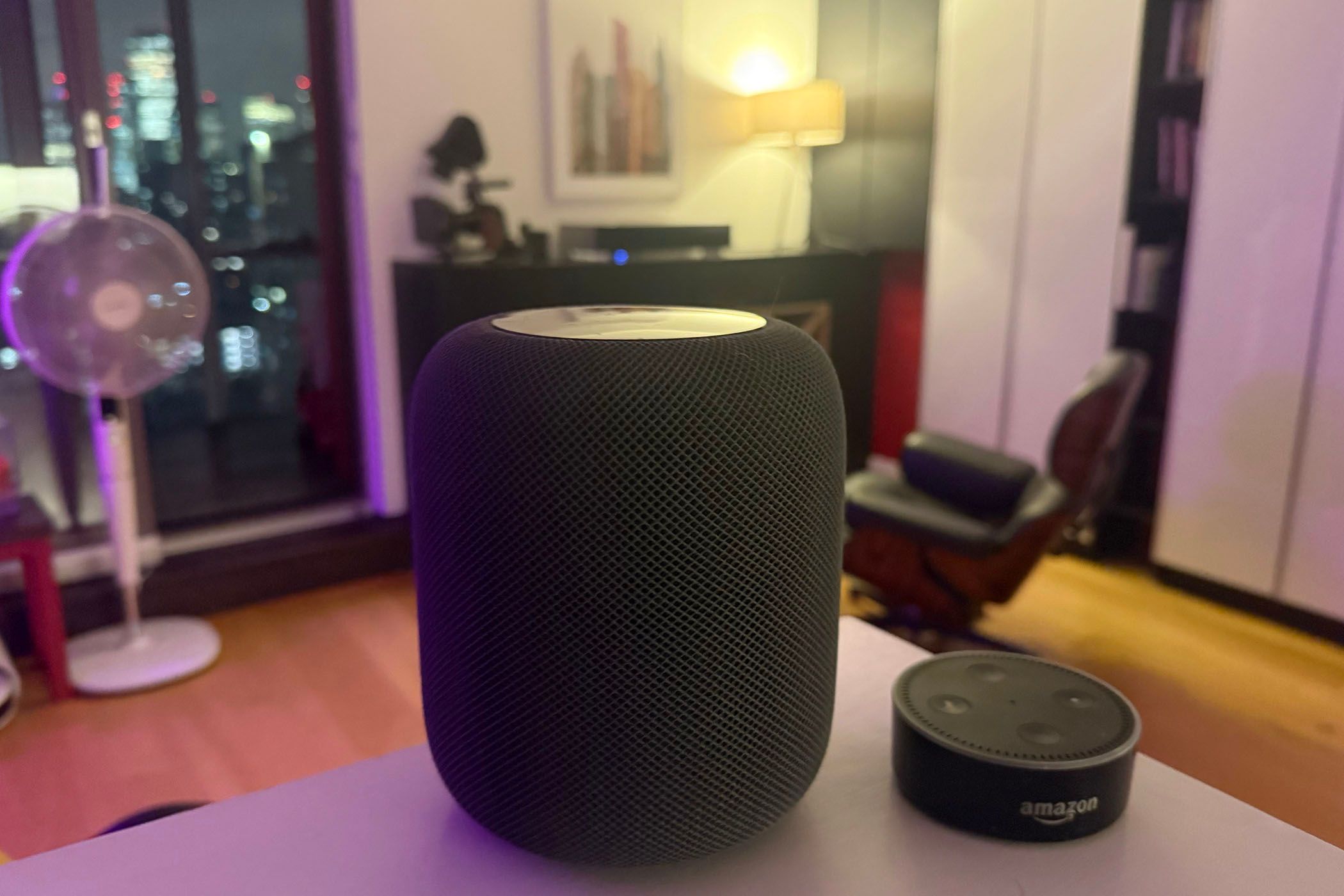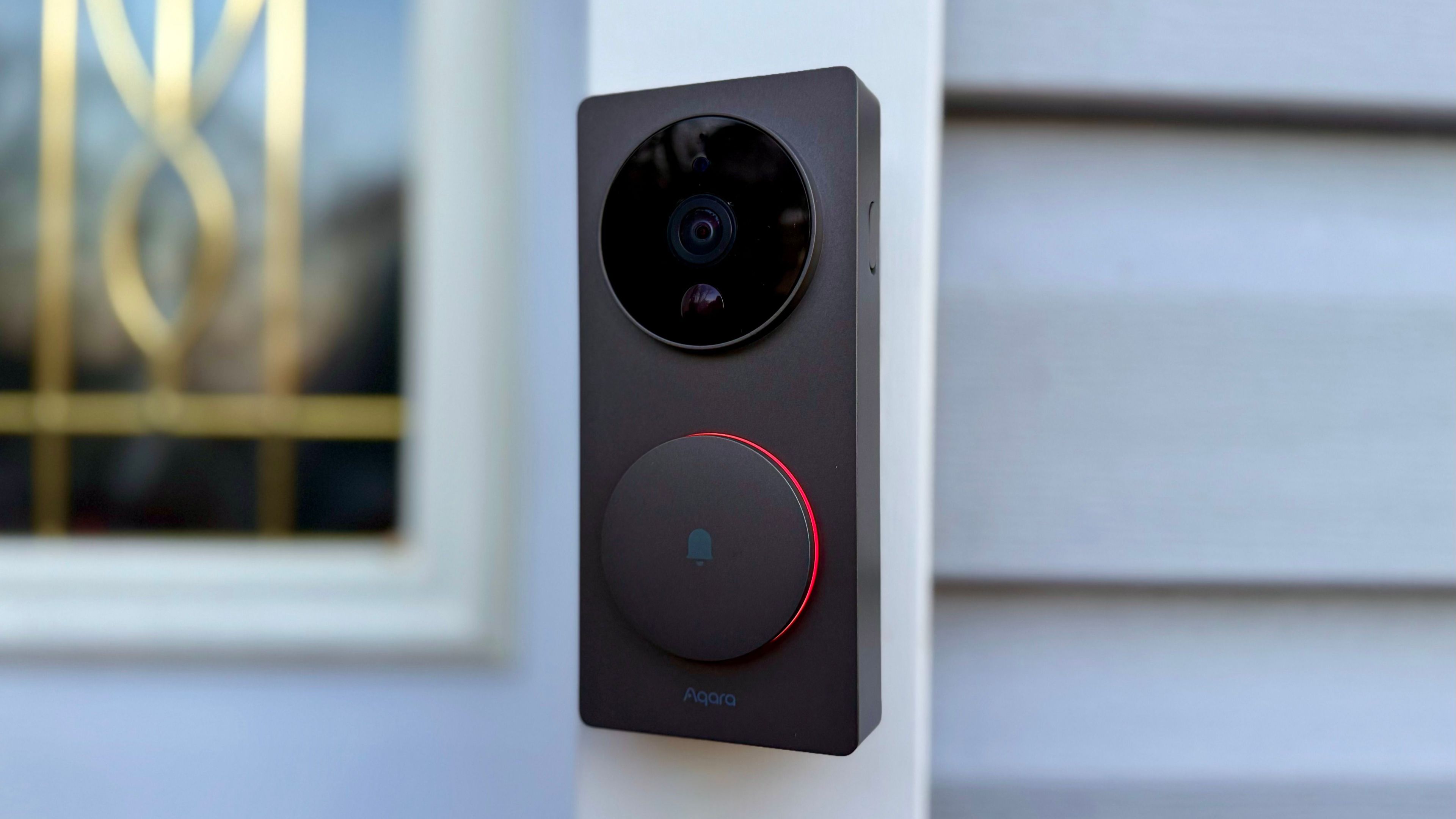Apple, Google, and Amazon are three of the biggest players in the smart home world. Each has its own smart home ecosystem that you can use to control a wide range of devices. Amazon Alexa and Google Home are solid smart home systems that are compatible with a wider selection of devices than Apple Home, but there are some key reasons why Apple Home is better than both of them.
Local Control
The ability to control your devices locally is arguably Apple Home’s biggest benefit when compared to Alexa and Google Home. Apple Home is designed around local control, meaning that commands for your smart devices are sent directly to those devices, without leaving your home.
In comparison, when you ask Alexa to turn on a light, the voice request is often sent to Amazon’s servers, where the command is processed, possibly passed to another cloud service such as Philips Hue, before the appropriate command is sent back to your Echo device and then passed on to your smart light bulb.
Both Amazon and Google have options that can allow local control for some devices, but this generally requires additional setup and comes with limitations. Apple Home, in comparison, automatically works locally with compatible devices.
One of the benefits of local control is that nothing needs to be sent to the cloud, so the response times of your smart home devices can be quicker. In addition, if the internet goes down, you can still use the Home app to control your smart home devices over your local network. With Google Home or Alexa, an internet outage may stop you from being able to control your smart home at all.
Integration With Most Apple Devices
Apple Home’s excellent features are irrelevant if you use Android. That’s because the Home app that you need to control your HomeKit-compatible devices isn’t available on Android. If you use Apple devices, however, then Apple Home works seamlessly.
You can access the Home app on your iPhone, iPad, Mac, Apple Watch, or Apple Vision Pro, or control smart home devices by voice using Siri on a HomePod or your AirPods. The Home app is installed as standard on supported Apple devices, and it’s quick and easy to set up.
To control your HomeKit devices remotely, you need a device to act as a home hub. You can use a HomePod, HomePod mini, or a compatible Apple TV as your home hub, which sends out the commands to your HomeKit devices even when you’re not at home. An iPad can also work as a home hub if you’re using the older Apple Home architecture.
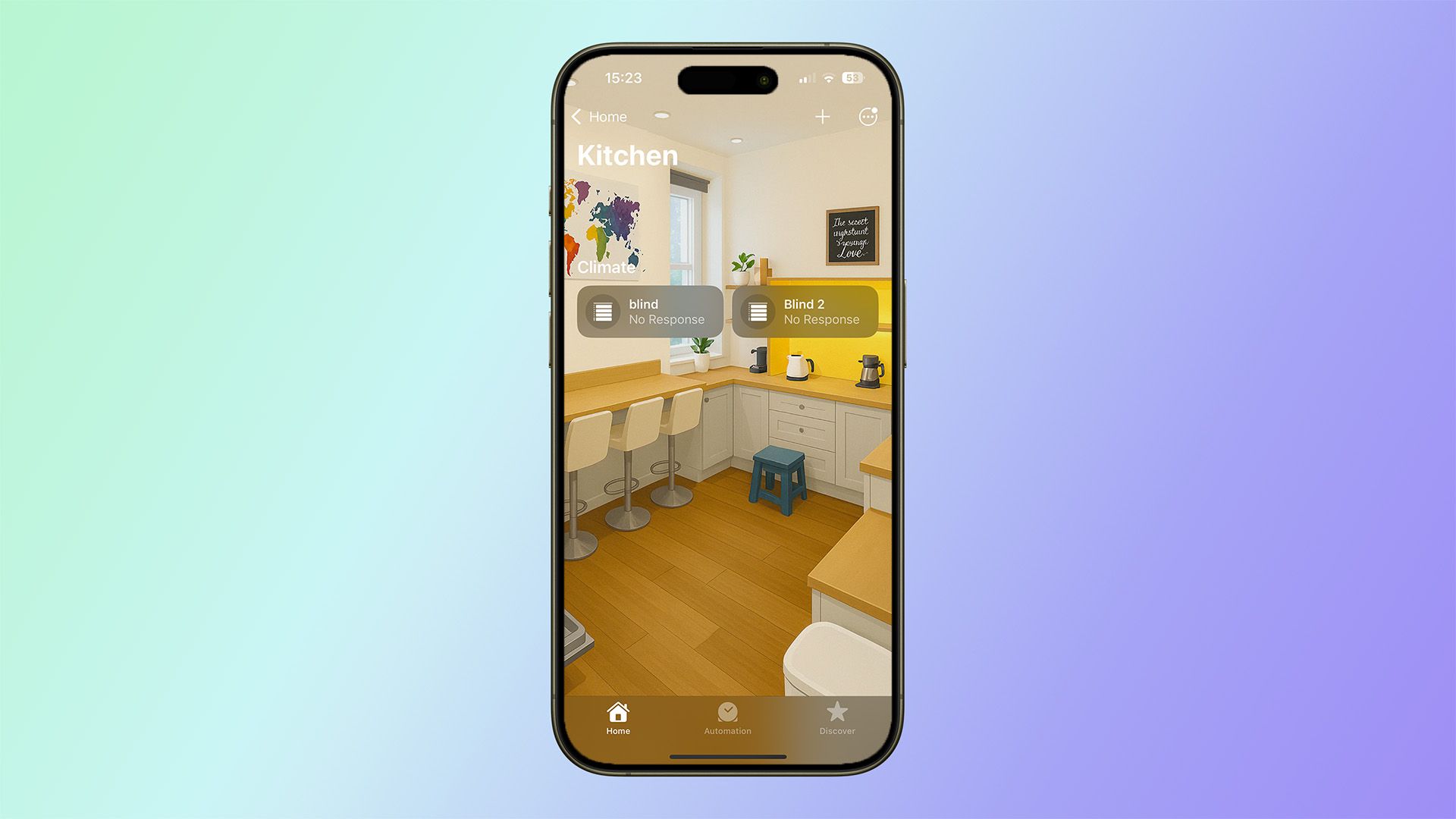
Related
I Made Perfect Apple Home Room Images Using ChatGPT
ChatGPT’s new image generation can do more than just Studio Ghibli style.
Apple’s terminology can get a little confusing. Compatible devices used to have labels reading “Works with Apple HomeKit,” but these labels now say “Works with Apple Home.” Apple now uses Apple Home as the name of its smart home ecosystem, with HomeKit being the software framework that devices use to work with Apple Home. Any devices listed as HomeKit-compatible will work with Apple Home.
Privacy and Security
Both Amazon and Google have less-than-stellar reputations when it comes to privacy. Apple, on the other hand, has always had a strong focus on privacy, and the same applies to Apple Home. It uses end-to-end encryption for communication between Apple devices and HomeKit-compatible accessories, and as has already been mentioned, it prioritizes local control, so that communication rarely leaves your home.
In addition, Apple has a strict certification process for HomeKit accessories. While this means that the number of devices that support HomeKit is fewer than those that support Google Home and Alexa, it also ensures a higher level of security for HomeKit devices.
Amazon and Google have a more relaxed approach to privacy. Amazon has come under fire in the past after it was discovered that freelance workers were able to listen to recordings from people’s Echo devices. Google also stores your voice recordings by default, and your interactions may contribute to building an advertising profile based on your use of Google services. If privacy is a concern, then Apple Home is by far the safest option.
Matter and Thread Support
Matter is a smart home standard intended to help devices from different manufacturers work with one another. It allows any Matter-enabled device or hub to communicate with any other Matter-enabled device or hub, regardless of brand or ecosystem.
Apple Home supports Matter, and allows you to add and control Matter accessories from the Home app. Both Google and Amazon also offer Matter support, meaning, in theory, you can connect a Matter device to Alexa, Google Home, and Apple Home, and it should work with any or all of them.
Thread is a wireless mesh networking protocol that has been designed with smart home devices in mind. Like Zigbee and Z-Wave, each device in the network can act as a node, passing information back and forth to other devices. Where Wi-Fi smart home devices often struggle to connect if they are too far from the router, Thread devices have no such issues, as long as there is an adequate mesh network in place.

Related
What Is Matter, and How Will It Transform Smart Homes?
Matter is a big deal. Here’s how it’ll change your smart home in 2022.
Matter devices can communicate over Wi-Fi or Thread, but using Thread requires a Thread border router to act as a bridge between the Thread network and your home Wi-Fi network. If you’re using a second-generation HomePod, a HomePod mini, an Apple TV 4K (2nd generation) or an Apple TV 4K (3rd generation) Wi-Fi + Ethernet as your home hub, the device can act as a Thread border router to control your smart home devices over Thread. Many Amazon and Google devices, such as the Amazon Echo (4th generation), Echo Show 8 (3rd generation), Nest Hub (2nd generation), and Nest Hub Max, also work as Thread border routers.
The difference with Apple Home is that you don’t need a hub to control Matter devices. With iOS 18, you can add and control Matter accessories over Wi-Fi directly from your iPhone, and if you have an iPhone 15 Pro or Pro Max or newer, you can control Matter devices over Thread, too, thanks to the built-in Thread radios in these phones.
HomeKit Secure Video
If you have home security cameras or video doorbells, you’re going to want to be able to view the recordings from these devices. For example, if you get an alert that motion was detected at your front door, you might want to look at the recording from your video doorbell to see who the person was.
Most security cameras and video doorbells offer ways to access your recordings remotely, often through a dedicated app. However, many of the major brands require a subscription to access the recordings. For example, with the popular Ring video doorbells and cameras, you can only access your recordings with a subscription costing at least $4.99 per month for a single camera, or $9.99 per month if you want to see recordings from more than one device.
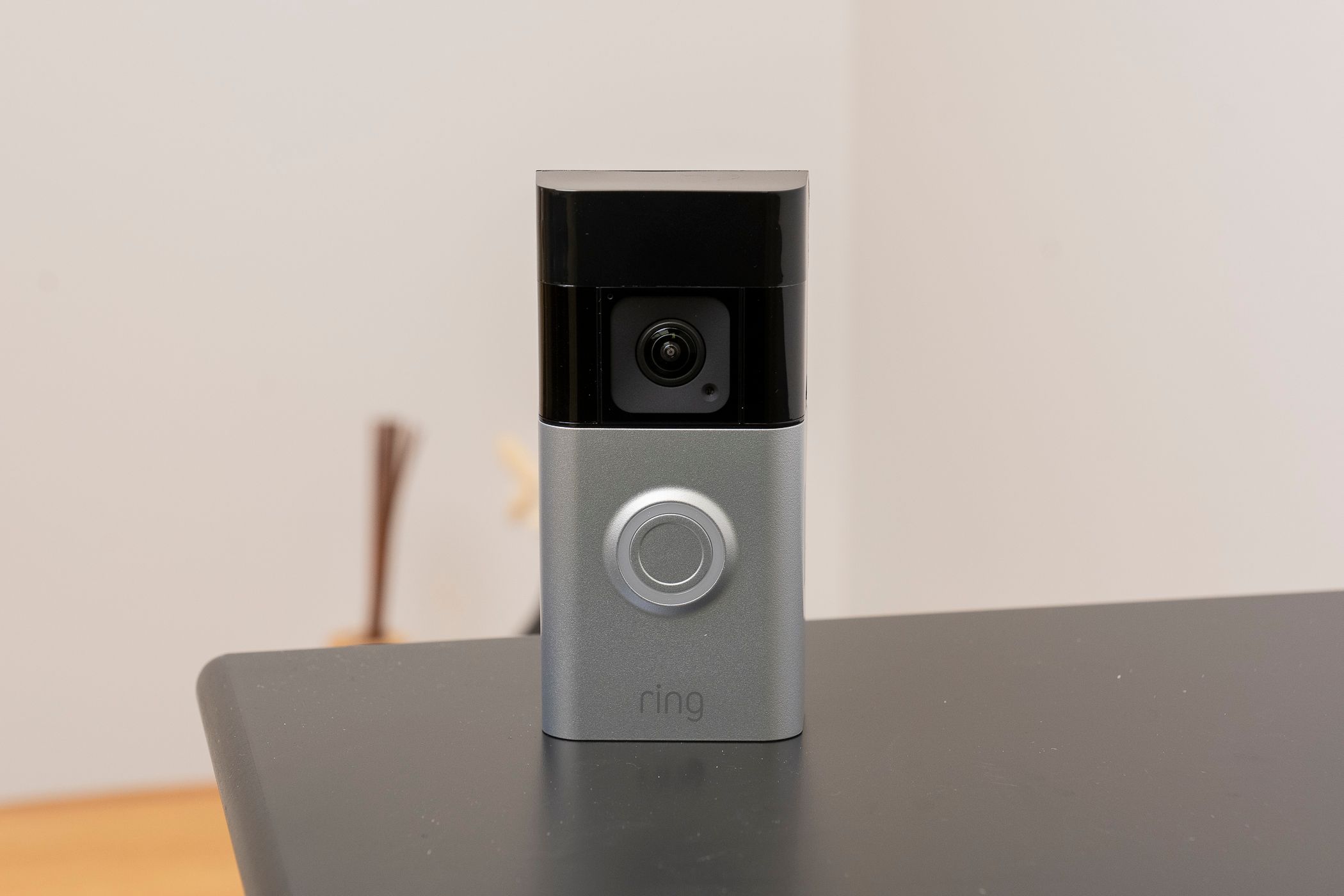
Related
Use HomeKit Secure Video With Home Assistant, Even If Your Camera Isn’t Compatible
Almost any camera can work with HomeKit Secure Video with Home Assistant and Scrypted.
However, with Apple Home and compatible cameras and video doorbells, you don’t need to pay a subscription to the manufacturer. Instead, you can use HomeKit Secure Video.
HomeKit Secure Video can automatically record footage from your video doorbells and cameras whenever motion is detected. You can then view all the footage at any time from the Home app on your iPhone, iPad, or Mac, even if you’re not at home. All the recordings are end-to-end encrypted, and any video analysis, such as face recognition, takes place locally on your home hub device.
You’ll need an iCloud+ subscription to use HomeKit Secure Video, although you can pay as little as $0.99 per month for a single camera, and none of the recordings count towards your iCloud storage. If you’re already paying for additional iCloud storage for your Apple devices, HomeKit Secure Video is effectively free.
Not all HomeKit-compatible cameras and doorbells support HomeKit Secure Video, so you should check carefully before making a purchase.
If you have Android devices, Apple Home is not the right choice for your smart home ecosystem. However, you’ll be missing out on some of the best features of all the major smart home options.
Local control, strong privacy and security, and HomeKit Secure Video give Apple Home a significant edge over the competition. It may not support as many devices as the Alexa or Google Home, but Apple Home’s features more than make up for it.


